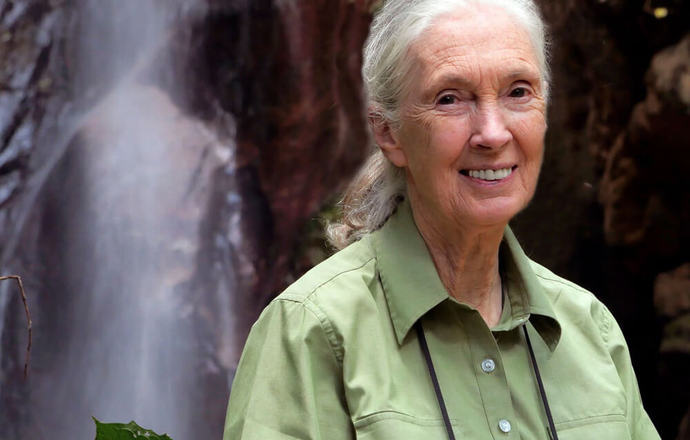Politechnika Łódzka poszukuje innowacyjnych rozwiązań dla syntezy chemicznej
Geomyces sp. P7 lipase as a new tool in the chemical synthesis.
a- Instytut Biochemii Technicznej PŁ, b- School of Biological Sciences University of Liverpool
The modern chemical synthesis requires combination of chemo and biocatalysis. For this reason biotechnologists try to get enzymes stable under extreme conditions of pressure, pH, but first of all under extreme temperature. To satisfy this expectation we have carried out the screening on Antarctic filamentous fungi from the pure culture collection at the Institute of Technical Biochemistry of Technical University of Lodz to find an effective enantioselective biocatalyst of transesterification. As a result of this research we selected Geomyces sp. P7 strain as the best catalyst of enantioselective transestrification of 1-phenylethanol with vinyl acetate in cyclohexane. GC (with chiral column) of products obtained under optimized reaction conditions revealed more than 90% enantiomeric excess of R form of ester and almost 50% yield of the KR catalyzed by dried mycelia. This success prompted us to isolate the enzyme and investigate its properties. In result we can say that the lipase from Geomyces sp. P7 is an unique enzyme.
Characterization of the purified enzyme proved its kinetic adaptation to low temperature (optimum at 36°C, 15-48% of the maximum activity in the range 0-20 °C). At the same time, the enzyme displayed the surprisingly high ability to renaturation (recover of 100% of initial activity after heating for 1h at 100°C and cooling). Studies on the substrate specificity of the purified lipase showed only slight differences in comparison to that of the enzyme immobilized in situ. Despite these interesting properties industrial using of native enzyme will be almost impossible because cultivation of the strain producing this enzyme is difficult due to the very slow growth, low biomass yield, and relatively low optimum growth temperature of around 100C. Therefore we decided to express the gene of this enzyme in S. cerevisiae host. For this reason we prepared cDNA library in E. coli and yeast host to isolate positive clons using the test based on tributitine and rhodamineB. In the same time we determined the transcriptom sequence through cDNA pyrosequencing. Presentation will refer the isolation of the Geomyces lipase gene.



























KOMENTARZE